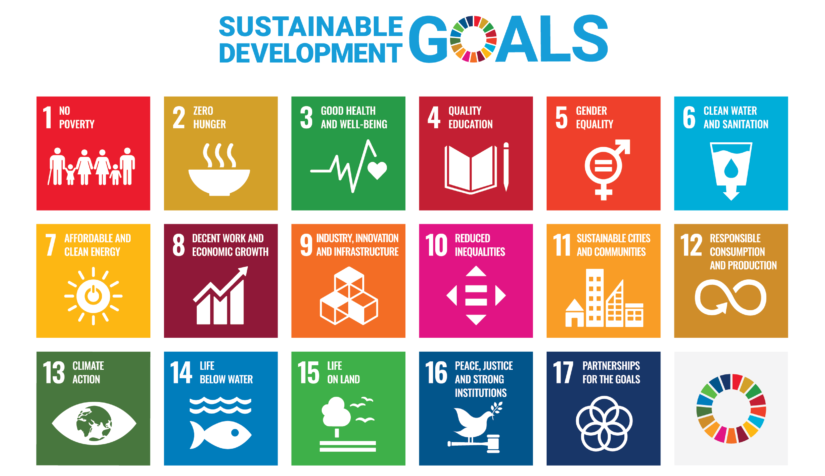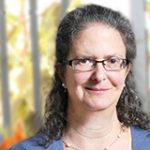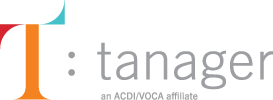by Ana Bilik, President, Tanager

For much of the world, the real face of poverty is a smallholder farmer. According to the FAO, of the 2.5 billion people living directly from food or agriculture sectors in poor countries, 1.5 billion of them are smallholder farmers, with about 65% of those living in extreme poverty and over 50% being classified as moderate poor (1). Recent SDG 1 projections indicate that 6% of the world’s population will still be living in extreme poverty in 2030 if current trends continue.
How do we bridge the gap towards achieving an end to poverty?
The 17 Sustainable Development Goals – an ambitious framework propelling thoughtful conversations about how to make progress towards each of the goals – are a vital start. These goals are each inextricably linked with one another. In particular, interventions that target poverty (SDG 1) are levers that can impact almost all the other SDGs. Not only must we use all the levers at our disposal, but we must also embrace a new perspective, a perspective as interconnected as the SDGs.
We often look at agriculture development in terms of market systems, food systems, and sustainable supply chains. Although an important lens, less frequently do we design agriculture development from the lens of a farm economic system – how it looks through the eyes of a smallholder farmer. We see that a farming household’s income is made up of several different crops throughout the year, supplemented by labor wages and non-farm income sources. And we know that the economic dynamics of farming households can impact women’s economic empowerment as well as a household’s nutrition. It is at this household level that we can see – in action – how the levers of change for poverty eradication contribute to various SDGs.
To unleash the true potential for agriculture to serve as a means out of poverty, we need to revisit the scope of agricultural interventions. Often these interventions focus on one crop for one supply chain, representing a portion of a household’s income. Agricultural interventions could have a much greater impact by engaging more holistically with the full farm economy.
Partnerships and collaboration can truly make an impact. Governments, businesses, foundations, and civil society organizations each have their mandates and priorities. By bringing together the resources, knowledge, and mandates of these different entities, we can make a skip-step change in a farming household’s income, nutrition, and gender equality. The challenge lies in finding alignment in different mandates and priorities to be able to improve the full farm economy.
At Tanager, we find alignment in the interests of different entities and co-create solutions to achieve economic and social opportunities that change lives. We partner with communities, farmers, corporations, and foundations to improve entire supply chains, while helping farming households holistically increase the productivity and profitability of the household – ultimately to end poverty.
We are humbled to participate in the dialogues associated with and concurrent to the UN General Assembly and the SDG Summit. We look forward to continuing and expanding partnerships with like-minded people and organizations to end poverty at its most common point of impact – a smallholder farming household – to achieve growth for good.
1. Castañeda, Andrés et al. 2018. “A New Profile of the Global Poor”
 Ana Bilik
Ana Bilik
President, Tanager
Ana Bilik has dedicated a 20-year career to building strong, collaborative relationships to tackle development’s most intransigent challenges—poverty, inequality, malnutrition, the HIV/AIDS epidemic, and protecting fragile environments. As president of Tanager, Ana partners with leading foundations, government ministries, consumer goods brands, and communities to bring about market system changes that improve the livelihoods of smallholder producers and the quality of life of their families. Previously, Ana served as senior director for business development at Pact and has also worked with the Pragma Corporation, Peace Corps, and Trickle Up. Ana holds a master’s in public administration from Rutgers University and a bachelor’s from Columbia College.

